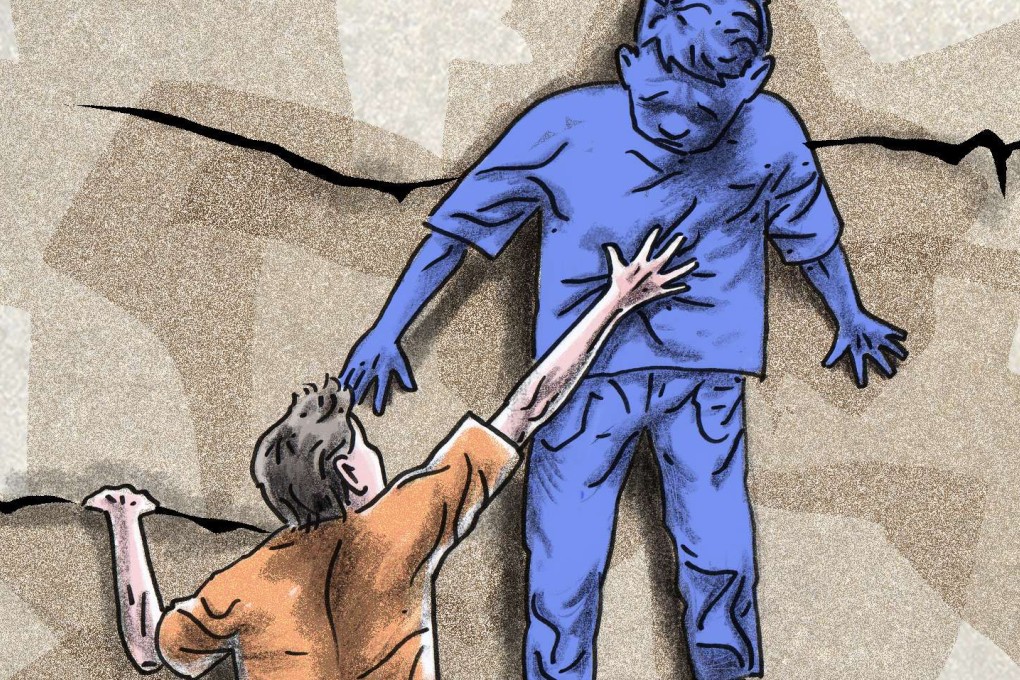The world should aim high, and seek to eliminate suicide
David Covington and Paul Yip say the successful eradication of smallpox and other ambitious health care goals should inspire us to do more to stop people killing themselves


Caldwell wanted to free climb El Capitan’s Dawn Wall, a steep rock face in Yosemite National Park with extreme pitches and hardly any vertical cracks (which climbers wedge hands and feet into, to help them ascend). Collins wasn’t sure how to respond at the time, replying only that it’s not a Big Hairy Audacious Goal if we know the outcome with certainty.
In January 2015, Caldwell and his partner, Kevin Jorgeson, completed the ascent. It took 19 days for the pair to reach the summit, but after seven years of mapping, planning and preparing, and five prior failed attempts, they achieved their Big Hairy Audacious Goal. Caldwell attributed his success to “optimism, perseverance, dedication and the importance of dreaming big”.
Pair reach top of El Capitan, after epic 19-day climb up 900m rock face
Collins shared this story last year at a health care conference in the United States, rallying health care leaders to action in a similar way: identify a Big Hairy Audacious Goal as massive and seemingly unattainable as the Dawn Wall. These leaders were urged to think about the pioneers who overcame their “Dawn Walls” in health care. Three examples stand out: smallpox, polio andHIV.
In 1959, the 12th World Health Assembly adopted a goal to eradicate smallpox, a rampant disease with an estimated 50 million cases per year in the early part of that decade. Despite the challenge, a group of doctors and scientists persevered. By 1967, the World Health Organisation was leading an international effort at eradication. The last naturally occurring case happened in 1977, and in 1980, the World Health Assembly declared “smallpox is dead”. To use the climbing analogy, they reached the summit of the Dawn Wall.

Polio could be wiped out permanently within 12 months, insists World Health Organisation
As for polio, for which an effective vaccine has been available since the 1960s, as recently as 1979, there were still an estimated 400,000 new cases a year. In 1988, eradicating polio became a global effort, and the WHO began tracking polio-endemic countries. In 1994, the Americas were declared polio-free and one after another, other countries soon followed. Today, polio remains endemic in only three countries; and we are close to full eradication. In climbing terms, the individuals targeting polio are on the Dawn Wall, near the top. Almost there.